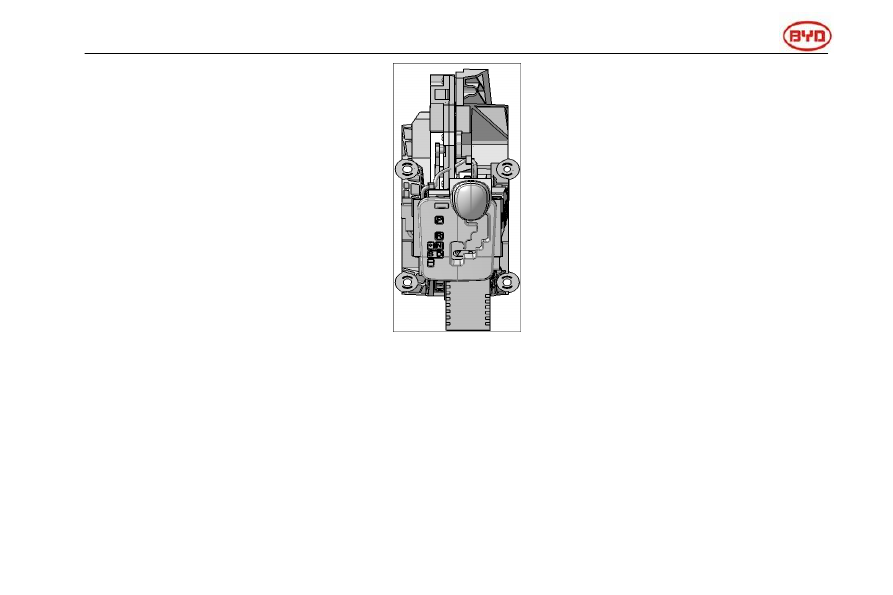BYD F7-1, F7-2, F7-3. Service Manual - part 5

BYD F7-1, F7-2, F7-3 Ow
ner’s Manual
Instrument and Controller Operation 1-55
Canceling constant speed cruise
control
The constant speed cruise control can
be canceled in any of the methods
below:
1. Step on the brake pedal.
2. Press the CANCEL button on the
steering wheel.
3. Press the constant speed cruise
control (ON/OFF) button.
4. Move the gear position to D.
DCT Transmission Control Panel
Gear position indicator is located in
the lower left side of the tachometer,
and displays currently selected mode
and gear position of the automatic
transmission:
P: park
R: reverse
N: neutral
D: drive (economic mode)
S: sport mode
M: manual mode
Position of shift lever
The position of shift lever includes
park, reverse, neutral, drive, sport and
manual.
Park (P)
— in this position, the
transmission and shift lever are
locked in mechanical mode. The gear
should be in this position when the
engine is shut down or started. To
shift away from parking position, the
ignition switch should be in ON
position, and step on the brake pedal
to shift away from this position.
Note: When shifting to park position,
wait for the car to stop completely to
avoid transmission damage.
Reverse (R)
— for the operation of
shifting from park position to reverse
position, please refer to the Note of
Park (P).
Neutral (N)
— to restart the flameout
engine, or let the engine run idle to